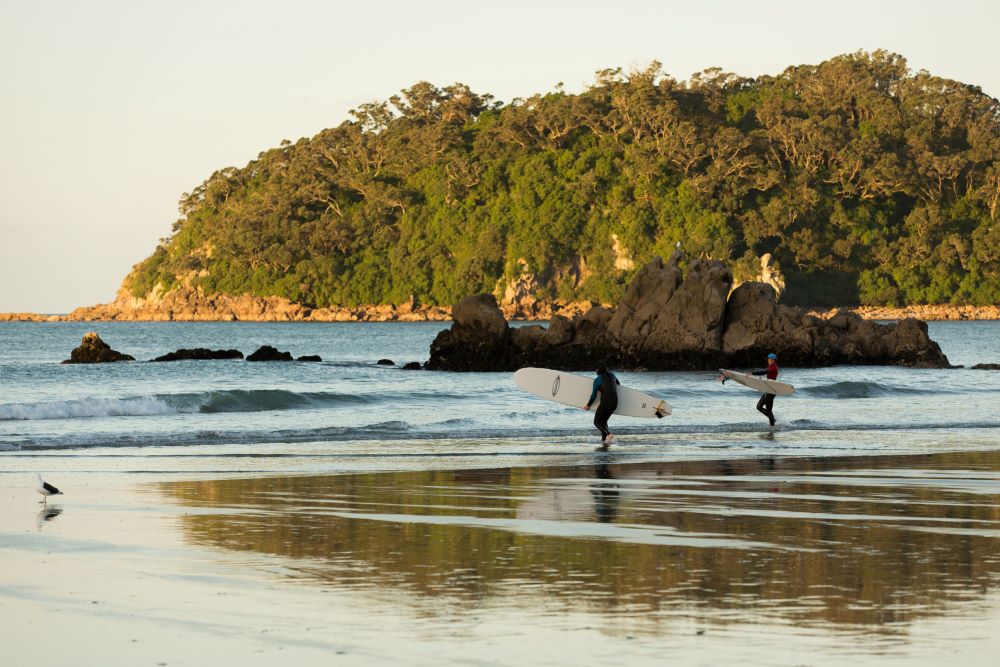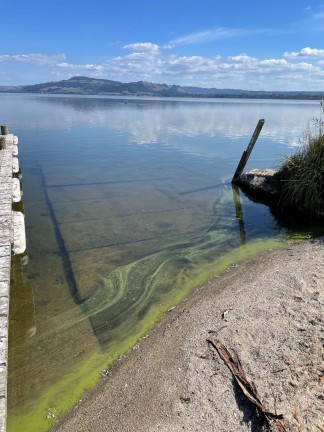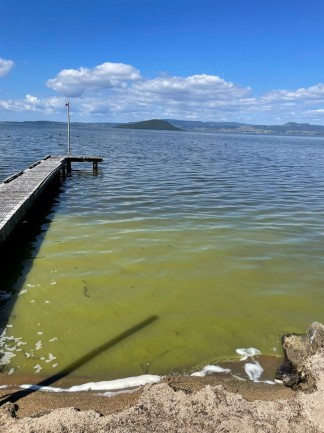Recreational water can be contaminated with toxins, viruses and bacteria:
- Toxins are produced by toxic algae (also known as blue-green algae and cyanobacteria), which are naturally found in fresh water lakes and rivers, usually in low concentrations. However, when conditions are favourable, the algae can multiply quickly and form blooms, mats or surface scum.
- Faecal pathogens (such as viruses and bacteria) can contaminate recreational water. Human sewage and animal manure are the main sources of faecal contamination in recreational waters.
The water quality at more than 80 popular Bay of Plenty coastal, river and lake recreation sites are monitored by the Bay of Plenty Regional Council from October to March each year. National data is collected from all the local councils and is available on the Land, Air, Water, Aotearoa website. As monitoring only happens in specific places at certain times of the year, it is important for members of the public to know how to recognise signs of water contamination, so that we can keep our community safe together.










